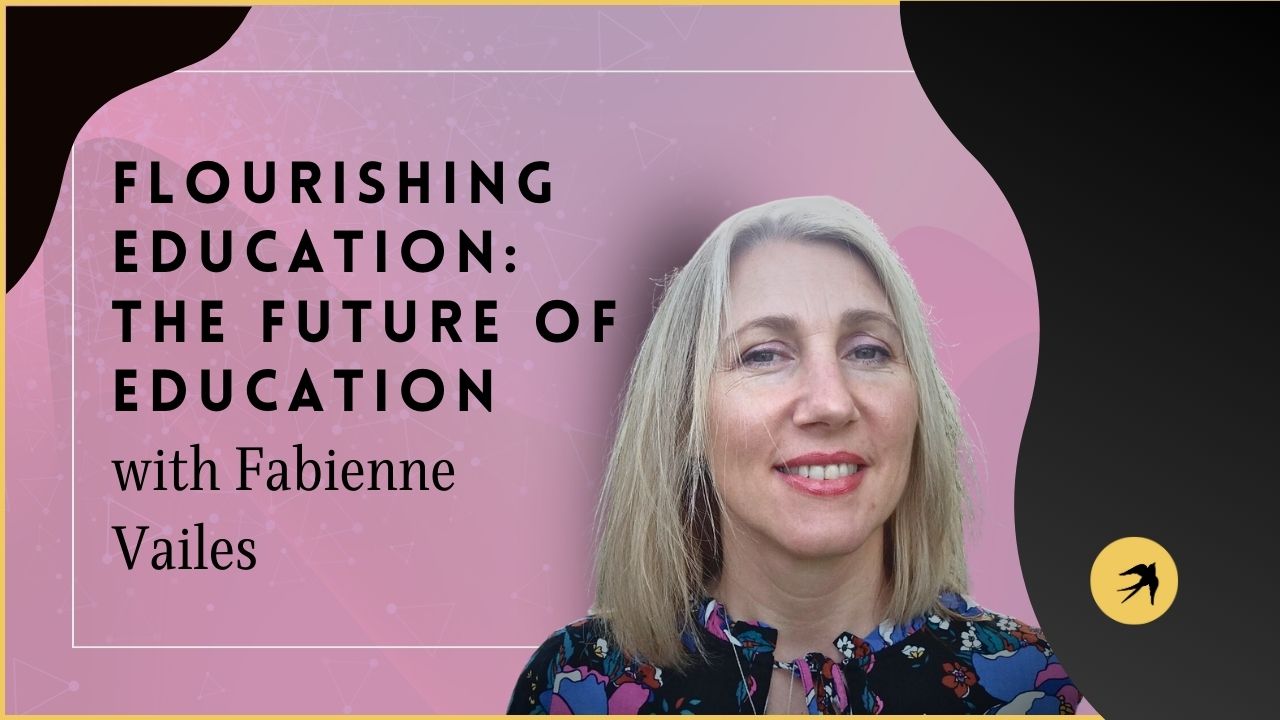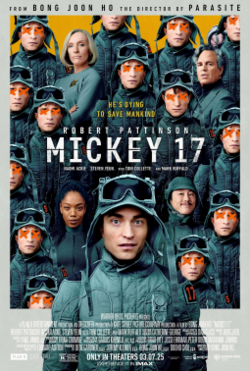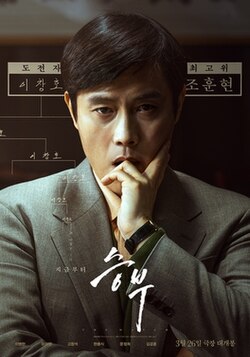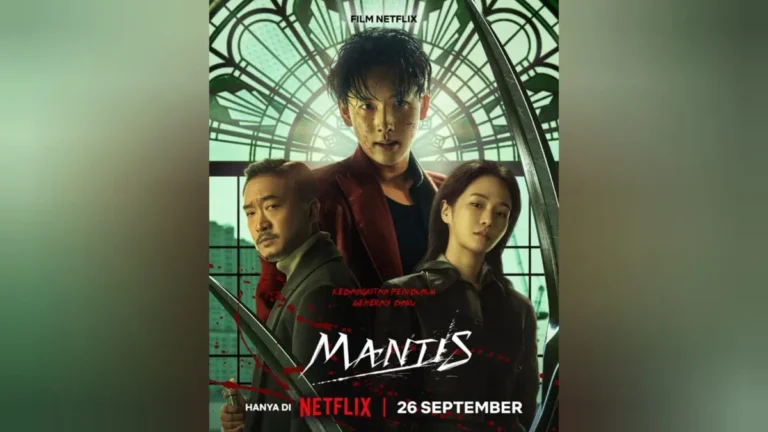
"Love Letter to the Future" is a recent Japanese film that has garnered attention for its poetic storytelling, evocative visuals, and profound exploration of human emotions across time. As part of Japan’s rich cinematic tradition, the film offers viewers a contemplative look at themes of love, memory, and hope, set against a backdrop that seamlessly blends contemporary and traditional Japanese aesthetics. This article delves into various aspects of the film, providing a comprehensive overview of its artistic vision, thematic depth, character development, visual style, cultural significance, audience reception, and its potential influence on the future of Japanese cinema.
An Overview of "Love Letter to the Future": A Japanese Film Exploration
"Love Letter to the Future" is a cinematic meditation that intertwines personal stories with broader reflections on societal change in Japan. The narrative centers around a young woman named Emi, who uncovers a series of letters sent by her late grandmother, revealing secrets about her family’s history and the enduring nature of love. The film employs a nonlinear storytelling approach, alternating between present-day scenes and flashbacks, creating a tapestry that emphasizes the continuity of life and memory. Its setting spans various iconic locations across Japan, from serene rural landscapes to bustling urban streets, capturing the country’s diverse cultural tapestry.
The film’s plot is characterized by its quiet introspection and lyrical pacing, encouraging viewers to reflect on their own connections to the past and future. It explores how personal histories shape identity and how hope persists despite inevitable loss. The narrative also subtly addresses broader themes such as generational change, societal progress, and environmental concerns, making it a poignant reflection on Japan’s evolving identity. Critics have praised the film for its delicate balance of storytelling and visual poetry, positioning it as a significant contemporary work within Japanese cinema.
The production of "Love Letter to the Future" involved collaborations with renowned Japanese filmmakers and artists who brought a nuanced understanding of Japan’s cultural landscape. The film’s soundtrack features traditional Japanese instruments fused with modern compositions, enhancing its emotional resonance. Its release was accompanied by a series of film festivals and cultural exhibitions, highlighting its role as both an artistic and cultural statement. Overall, the film stands as a testament to Japan’s cinematic capacity for introspection and artistic innovation.
The film’s title itself symbolizes a message of continuity and hope, serving as a metaphorical bridge between generations. It invites viewers to consider what messages they might leave for the future and how history informs the present. "Love Letter to the Future" not only celebrates Japanese storytelling traditions but also pushes boundaries through its innovative narrative techniques and visual storytelling, making it a noteworthy addition to the landscape of modern Japanese cinema.
The Artistic Vision Behind "Love Letter to the Future"
The artistic vision of "Love Letter to the Future" is rooted in a desire to evoke emotion through subtlety and poetic imagery. The director, inspired by traditional Japanese art forms such as haiku and ukiyo-e, employs minimalist aesthetics and deliberate pacing to create a meditative viewing experience. The film’s visual composition emphasizes natural lighting, soft color palettes, and intricate framing that draws viewers into a contemplative space, encouraging them to immerse themselves fully in the emotional landscape of the characters.
A significant element of the film’s artistic approach is its integration of traditional and contemporary motifs. This blend is evident in the film’s use of traditional Japanese architecture, clothing, and music, juxtaposed with modern urban settings and digital aesthetics. Such contrasts highlight the tension and harmony between Japan’s past and present, reinforcing the film’s overarching theme of continuity amid change. The director’s meticulous attention to detail extends to the use of symbolism—such as cherry blossoms representing fleeting beauty and resilience—adding layers of meaning to the visual storytelling.
Cinematographically, the film employs long, unhurried takes, allowing scenes to unfold naturally and emphasizing the characters’ internal states. The camera work often employs gentle movements and focus shifts that mirror the characters’ introspections and emotional shifts. The color grading favors earth tones and pastel shades, fostering a sense of serenity and nostalgia. These choices reflect the director’s artistic vision of capturing the delicate interplay between memory and hope, making the film a visual poem that resonates on multiple levels.
The soundtrack further complements this artistic vision, featuring traditional instruments like the shamisen and koto alongside modern ambient sounds. This fusion creates an aural landscape that enhances the film’s reflective tone. The composer’s approach underscores the thematic duality of preservation and innovation, mirroring the visual aesthetic. Overall, the artistic vision of "Love Letter to the Future" is a carefully crafted synthesis of visual, musical, and narrative elements designed to evoke a deep emotional response and invite viewers into a contemplative experience.
Key Themes and Messages Conveyed in the Film
At its core, "Love Letter to the Future" explores the enduring power of love and memory across generations. The film emphasizes that personal histories, though often silent or hidden, shape individual identities and collective cultural narratives. Through the discovery of her grandmother’s letters, Emi learns about sacrifices, hopes, and the resilience of love that transcends time. The film suggests that understanding and embracing one’s past can foster a sense of hope and continuity, even amidst societal upheavals.
Another prominent theme is the passage of time and the impermanence of life. The film’s narrative structure, with its nonlinear progression, underscores the fluidity of memory and the importance of cherishing fleeting moments. Cherry blossoms, a recurring motif, symbolize both the transient nature of beauty and the resilience to endure loss. The film also subtly addresses environmental concerns, portraying nature as both a backdrop and a vital component of human life, urging viewers to reflect on their relationship with the natural world and future generations.
The film conveys messages of reconciliation and understanding, particularly across generational divides. As Emi uncovers her family’s history, she gains insight into the struggles and sacrifices of her ancestors, fostering empathy and connection. It highlights the importance of storytelling as a means of preserving cultural heritage and fostering community bonds. The narrative encourages viewers to consider their own stories and the messages they wish to pass on, emphasizing that hope and love are vital forces for navigating uncertain futures.
Furthermore, "Love Letter to the Future" advocates for resilience in the face of adversity. Whether dealing with personal loss or societal change, the characters demonstrate perseverance and an optimistic outlook. The film’s gentle tone underscores that even in times of hardship, human connection and hope can serve as guiding lights. Overall, the film’s messages are universal, rooted in Japanese cultural values but resonating broadly across diverse audiences.
Character Analysis: Protagonists and Their Development
The protagonist, Emi, is portrayed as a curious and introspective young woman navigating her complex relationship with her family’s past. Her journey begins with a sense of loss and confusion, but as she uncovers her grandmother’s letters, she develops a deeper understanding of her roots. Emi’s character arc reflects a transition from ignorance to awareness, embodying themes of reconciliation and self-discovery. Her emotional growth is subtly depicted through nuanced performances and introspective dialogue, making her a relatable figure for viewers contemplating their own histories.
Supporting characters include Emi’s grandmother, whose letters serve as the film’s narrative catalyst, and her father, who embodies the tension between tradition and modernity. The grandmother’s character is revealed through her writings, offering glimpses into a resilient and loving woman who endured societal upheavals. Her presence in the film is felt through flashbacks and symbolic gestures, emphasizing the importance of memory. The father’s character provides a bridge between generations, representing the challenges of adapting to change while preserving cultural values.
The development of these characters is marked by subtle emotional shifts and moments of introspection. Emi’s interactions with her environment, such as quiet walks through cherry blossom gardens or contemplative scenes by the river, serve as visual cues to her internal transformation. The film avoids melodrama, favoring a quiet, authentic portrayal of personal growth. This approach allows audiences to connect deeply with the characters’ journeys, appreciating the nuanced exploration of human emotion and resilience.
The film also features minor characters that enrich the narrative, such as village elders and friends, who embody collective wisdom and community support. Their interactions with Emi highlight the importance of shared stories and cultural continuity. Overall, character development in "Love Letter to the Future" is characterized by restraint and depth, emphasizing that personal transformation often occurs in quiet moments of reflection and connection.
Visual Style and Cinematography in "Love Letter to the Future"
The visual style of "Love Letter to the Future" is marked by its poetic and contemplative aesthetic, achieved through meticulous cinematography and art direction. The film employs a soft focus and natural lighting to create an atmosphere of intimacy and serenity. Wide shots of Japan’s landscapes—mountains, forests, and rivers—serve as a canvas that emphasizes the film’s connection to nature and the passage of time. These visuals evoke a sense of timelessness and harmony, aligning with the film’s themes of memory and continuity.
Cinematographer’s use of color plays a significant role in shaping the emotional tone. Pastel hues, earthy tones, and occasional bursts of vibrant color—such as the red of autumn leaves or pink cherry blossoms—are carefully chosen to evoke specific feelings and symbolic meanings. The film’s framing often includes traditional Japanese elements like sliding doors, tatami mats, and delicate floral arrangements, which reinforce its cultural authenticity. Slow camera movements and lingering shots invite viewers to savor each scene, fostering a meditative viewing experience.
The film’s editing style complements its visual approach, favoring seamless transitions and contemplative pauses that allow emotional beats to resonate. Close-up shots of characters’ faces capture subtle expressions, revealing inner conflicts and moments of realization. The use of natural soundscapes—birdsong, flowing water, wind—further immerses viewers in the film’s tranquil environment. Overall, the cinematography in "Love Letter to the Future" elevates it beyond mere storytelling, transforming it into a visual symphony that celebrates Japan’s natural beauty and cultural heritage.
Symbolism is pervasive throughout the film’s visual style. For instance, the recurring motif of cherry blossoms symbolizes both fleeting beauty




